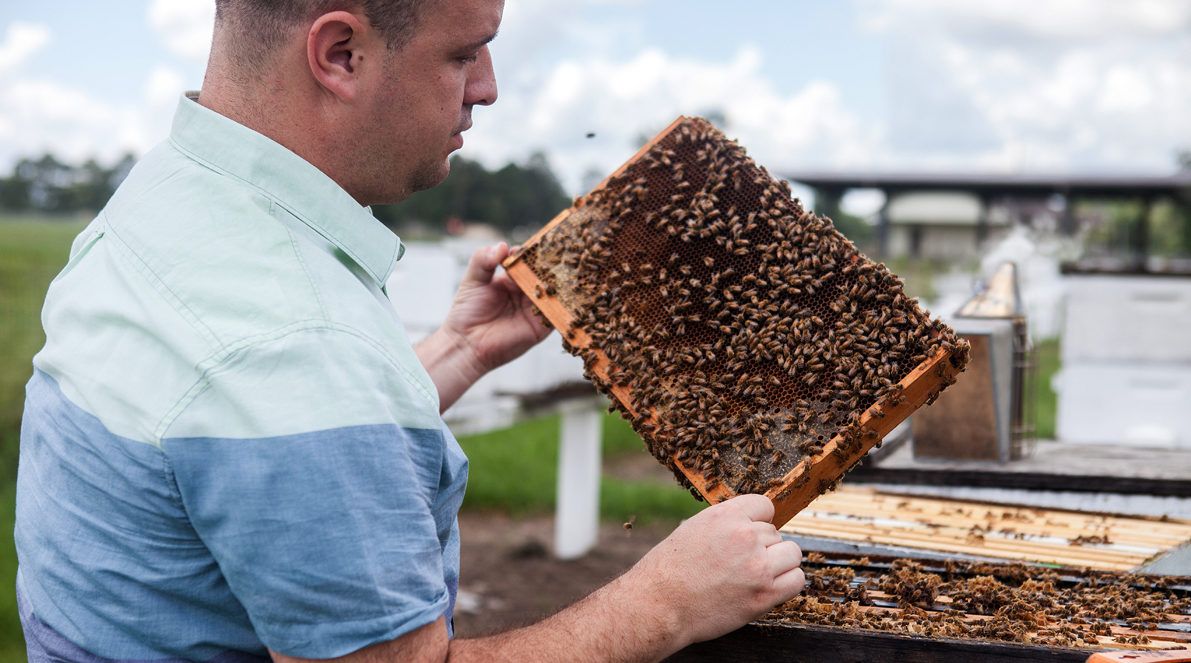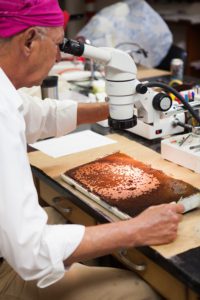
Who knew: Keeping the hive alive
In the snowy latitudes of Russia, somewhere near the 42nd parallel, a hardy species of honey bee maintains its hives through dark and heavy winters. Ignorant to the decline of pollinating insects in the United States, and less acquainted with southward blooms, a small group of the Russian bees journeyed nonetheless to the United States in 1997, where scientists settled them into a new home at the U.S. Department of Agriculture’s Honey Bee Breeding, Genetics & Physiology Laboratory on Ben Hur Road in Baton Rouge. Intending to bolster the durability of regional bees and other pollinators, and currently known worldwide for developing two kinds of bees resistant to the deadly Varroa mite parasite, the scientists here continue to breed and study the insects in hopes that their small, fuzzy bodies hold the secret to sustainability in the midst of environmental change.

“We mostly conduct research and breeding related to developing genetic resistance to pests, parasites and pathogens,” says entomologist Bob Danka, the lab’s research leader. “But there can be many reasons for population decline.”
Danka, who has worked with the insects for 35 years, has even observed some of the change with his own eyes.
“I look around this bee lab,” he says, “and what used to be wild land a decade ago is now student housing. Then there’s the problem of pesticide use as farms get larger and larger.”
But the lab isn’t all business all the time. Recently, Danka and his team of students and researchers partnered with the Louisiana Armed Forces Foundation to host a beekeeping workshop for veterans.
“The veterans group was interested in two aspects: exposing people to bee keeping as a potential vocation, and also—if you want to call it this—as a sort of therapy,” he says, laughing. “Do we have service bees? I don’t know. But for a lot of people, bee keeping is an activity that really focuses your mind, and I can see how that would be therapeutic.”
Regardless of how the environment evolves, whether nurtured by experimentation or shaken by nature, Danka and his team can be certain of one thing: we need the bees to keep it beautiful.
To learn more about the lab, search “Baton Rouge” at ars.usda.gov.











